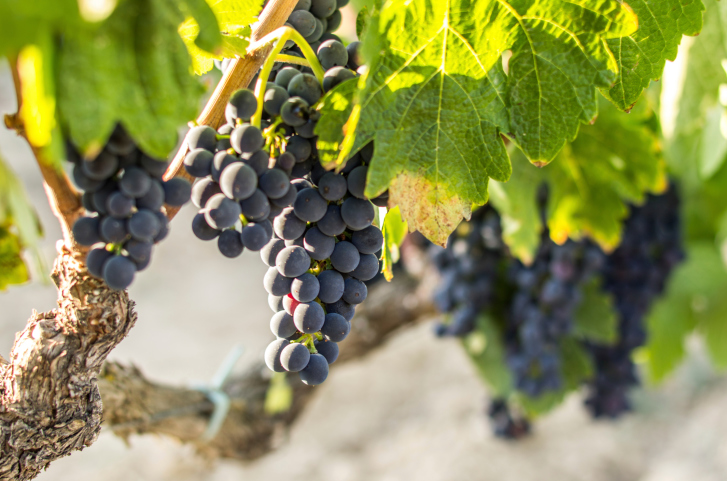What the French call ‘terroir’, which in Spain has been translated as terroir and we like to define more as identity – that of a landscape, of a farm, like the ones he worked with. Familia Martínez Bujanda, is characterized by the influence of the climate, soil, cultural practices (cultivation) and grape varieties.
In Rioja, Familia Martínez Bujanda, apart from small additional contributions of maturana tinta and graciano for our Finca Valpiedra, works with tempranillo, which is the traditional grape variety of the area and also the most widespread throughout Spain. In this regard, the Tempranillo (of rather short cycle as its name indicates) is cultivated practically all over the country with different synonyms: cencibel (Castilla-La Mancha), tinta del país (Madrid), tinto fino (Ribera del Duero), tinta de Toro (Zamora), arganda, escobera or chichillana (Extremadura), jacibiera (Castilla-La Mancha), arauxa (Orense) and ull de llebre (Catalonia).
As Professor José Hidalgo Togores recalled in a magnificent recent article, Tempranillo has even crossed borders with names such as tinta toriz and aragonés or aragonez in Portugal, valdepeñas in California or luis hidalgo in Uruguay in honor of the father of the aforementioned researcher.
For us, Tempranillo in Rioja reaches its maximum expression. There is little to say, nor do we intend to question in the least, the quality of the grape in more extreme climates such as Toro (tinta fina) or Ribera del Duero (tinta del país), but, in our opinion, it is in Rioja, and especially in the Alta subzone (Finca Valpiedra), where this variety becomes delicate, subtle and especially elegant, in contrast to the power and structure of the other two winegrowing areas mentioned.
A fact easily contrasted in a tasting, or better in a dinner with friends, and in which we encourage you to compare the tempranillo of Finca Valpiedra with the reds of Toro and the tinto fino of the areas of Toro and Ribera del Duero respectively.




